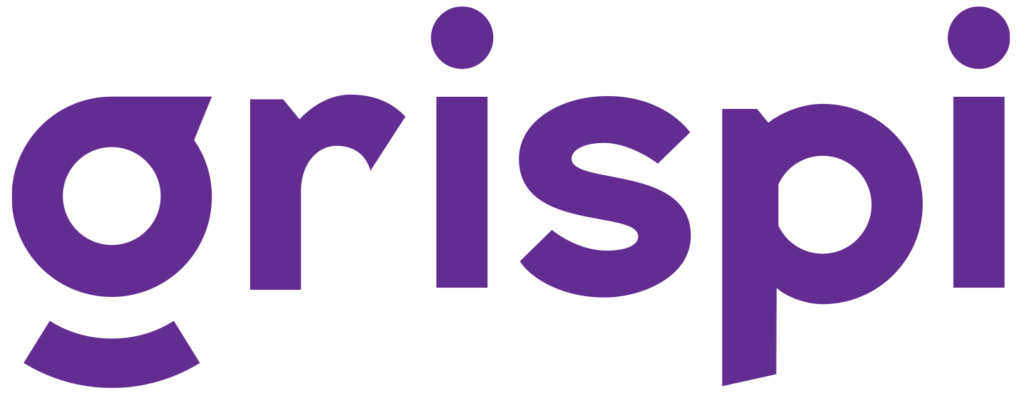Maximizing Team Productivity: Strategies for Success
- April 9, 2024
In today’s fast-paced work environment, achieving optimal team productivity is essential for organizations striving to remain competitive and reach their goals efficiently. Team productivity refers to the collective output and efficiency of individuals working toward a shared objective. It is influenced by multiple factors, including project management, collaboration, and communication.
In this article, we’ll explore what team productivity means, share actionable strategies to boost it in the workplace, and discuss how to effectively track and measure your team’s performance.
What is Team Productivity?
Team productivity is the combined ability of a group to efficiently complete tasks, meet objectives, and deliver high-quality results within a given timeframe. It involves not only the volume of work produced but also its quality and effectiveness.
Key factors that influence team productivity include strong communication, effective collaboration, time management, goal alignment, and optimal use of resources. A productive team works cohesively, leverages each member’s strengths, and coordinates efforts to achieve common goals.

How to Increase Team Productivity at Work
1. Set Clear Goals and Expectations
Define specific, measurable goals and communicate them clearly. Ensure that every team member understands their responsibilities and what is expected in terms of performance and accountability.
2. Encourage Open Communication
Create an environment where team members feel safe to share ideas, feedback, and concerns. Use collaboration tools and regular meetings to keep communication transparent and aligned.
3. Provide Adequate Resources and Support
Equip your team with the tools, resources, and training they need to work efficiently. Identify and eliminate any obstacles that could hinder their productivity.

4. Promote Collaboration and Teamwork
Foster a culture of mutual support and knowledge sharing. Use project management and collaboration platforms to streamline teamwork and improve coordination.
5. Streamline Processes and Workflows
Identify inefficiencies and simplify workflows. Automate repetitive tasks, standardize procedures, and remove bottlenecks to accelerate progress and reduce delays.
6. Prioritize and Delegate Tasks
Assign tasks based on urgency and importance. Empower team members by allowing them to take ownership and make decisions within their scope of responsibility.

7. Foster a Positive Work Environment
Cultivate a workplace that supports employee engagement, well-being, and motivation. Recognize achievements, offer development opportunities, and encourage work-life balance.
8. Implement Time Management Strategies
Promote good time management habits such as prioritizing tasks, minimizing distractions, and using time-blocking techniques. Provide tools to help team members track their time effectively.
9. Encourage Continuous Improvement
Build a culture where feedback is welcomed, mistakes are seen as learning opportunities, and innovation is embraced. Encourage your team to constantly seek ways to improve.

10. Lead by Example
Demonstrate commitment, accountability, and a strong work ethic. Set high standards and actively engage with your team to achieve shared goals.
How to Track and Measure the Productivity of Your Team
Monitoring team productivity is crucial for evaluating performance, identifying gaps, and making informed decisions. Use key performance indicators (KPIs) such as task completion rates, on-time delivery, team efficiency, and output quality to measure effectiveness.
Leverage project management tools, time-tracking software, and performance dashboards to track progress and spot trends. Regularly review these metrics, investigate the root causes of inefficiencies, and adjust your strategies to drive continuous improvement.
By effectively measuring productivity, you empower your team to unlock their full potential and contribute more meaningfully to organizational success.
Try Grispi free for 14 days and start tracking your team’s KPIs with ease. Contact us today to get started.
Contact Us
Fill out the form for detailed information and demo account, let us call you.
